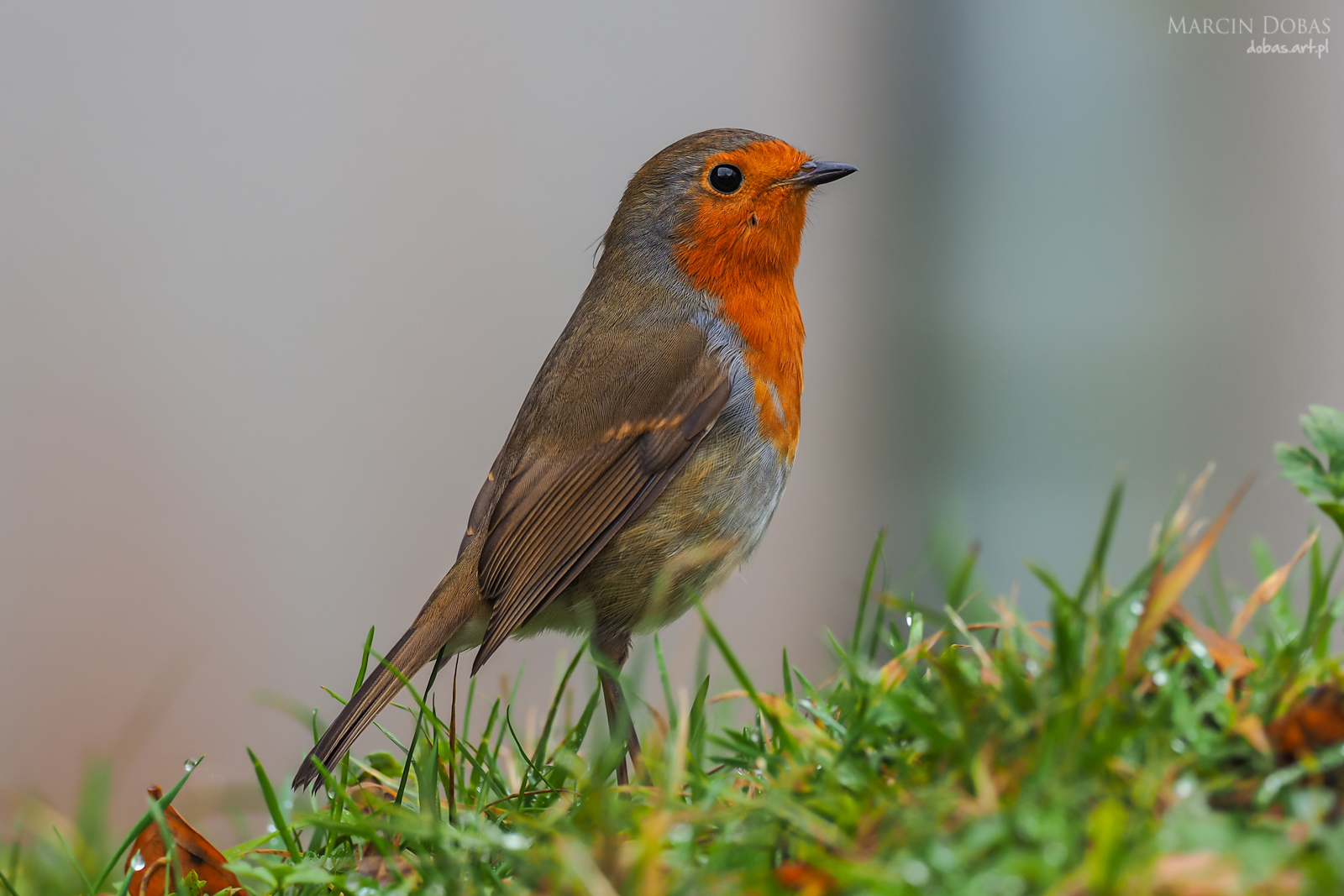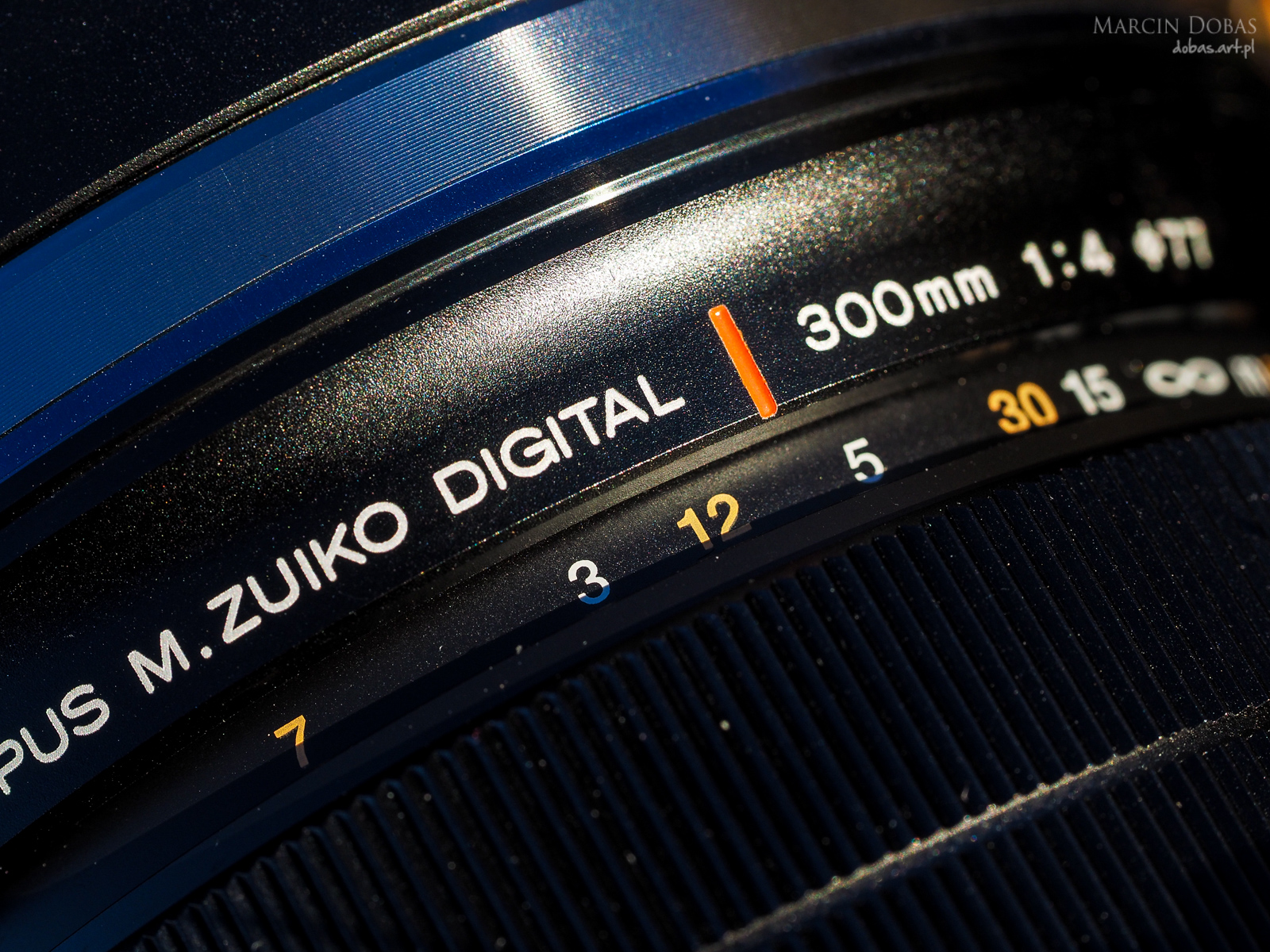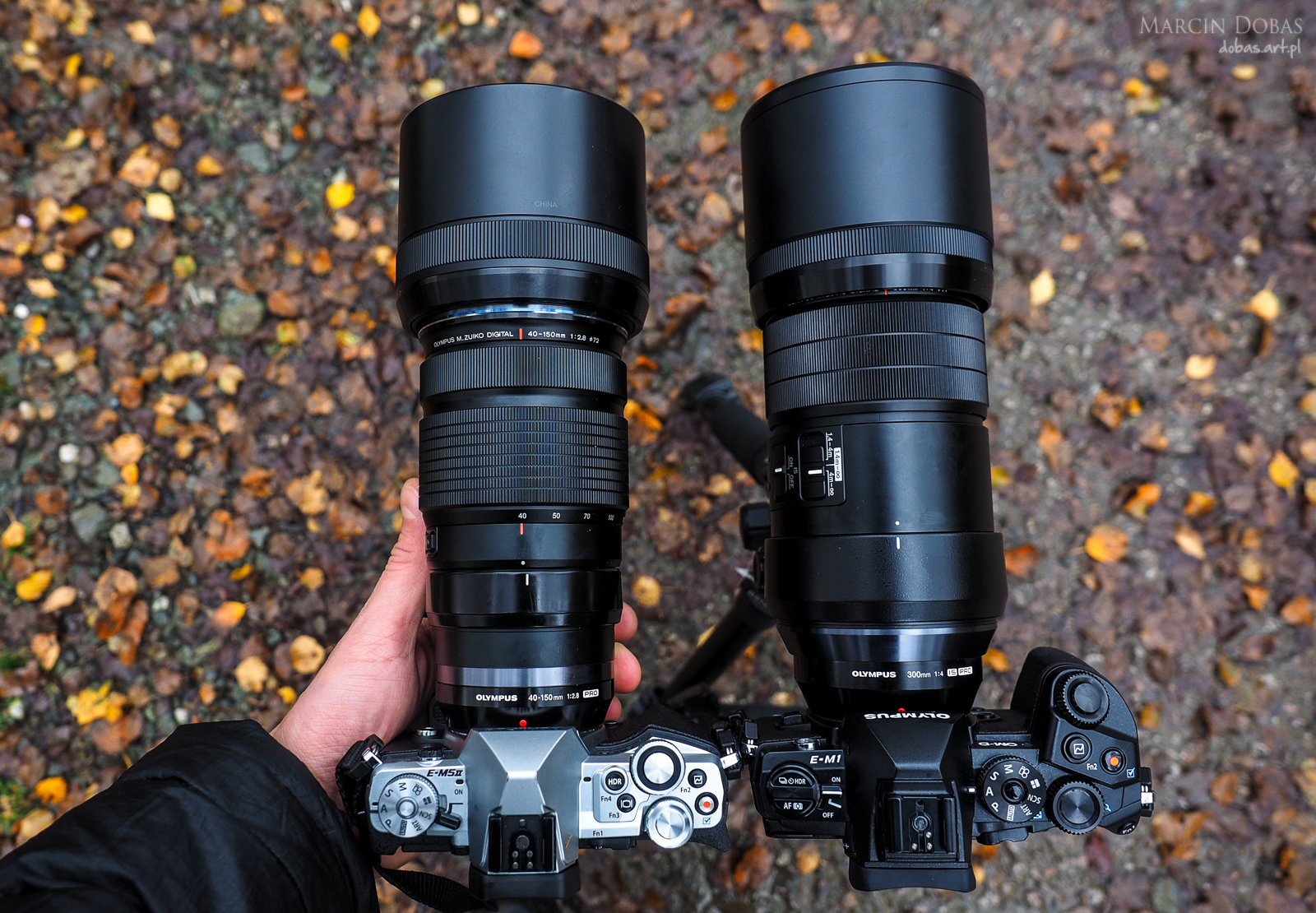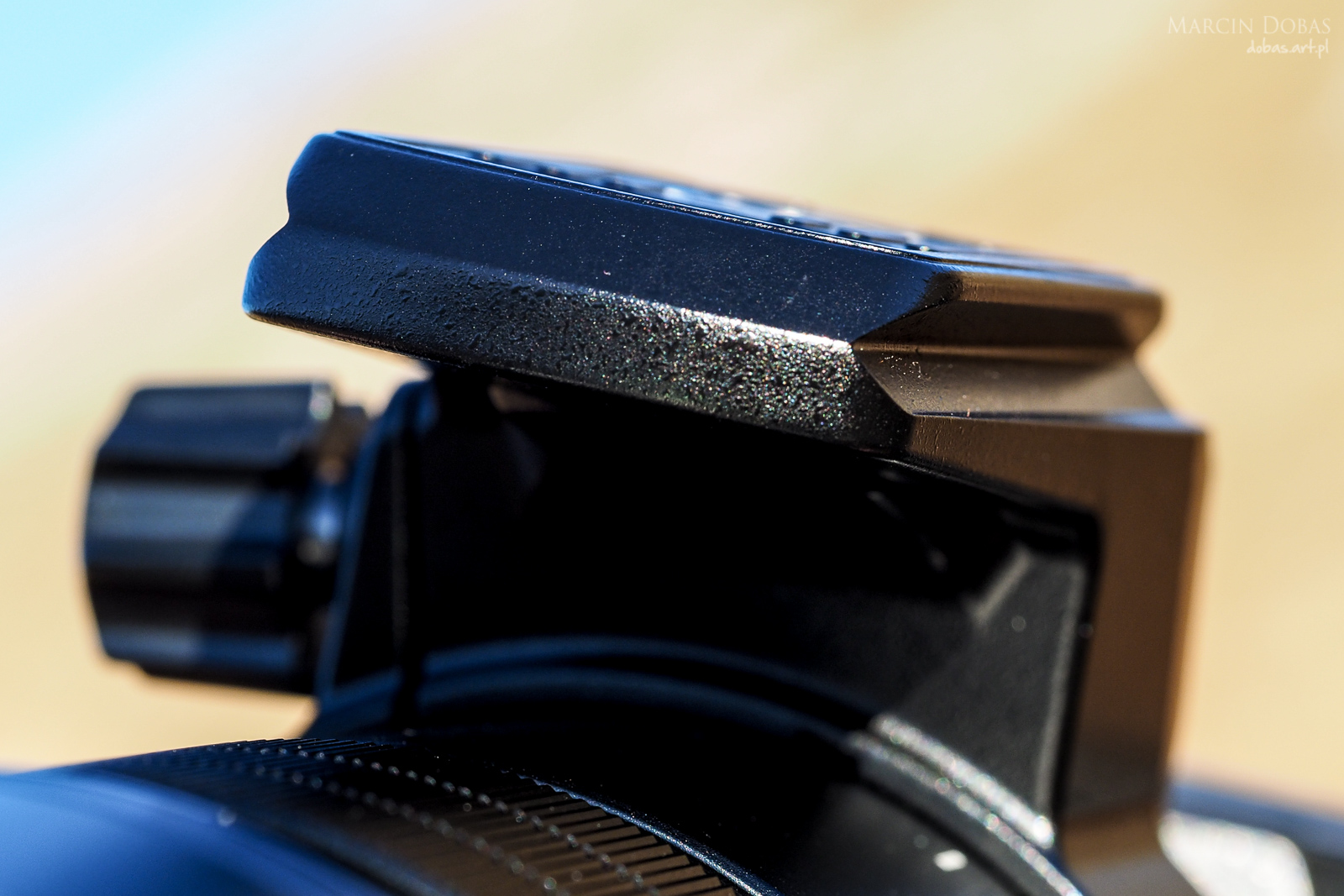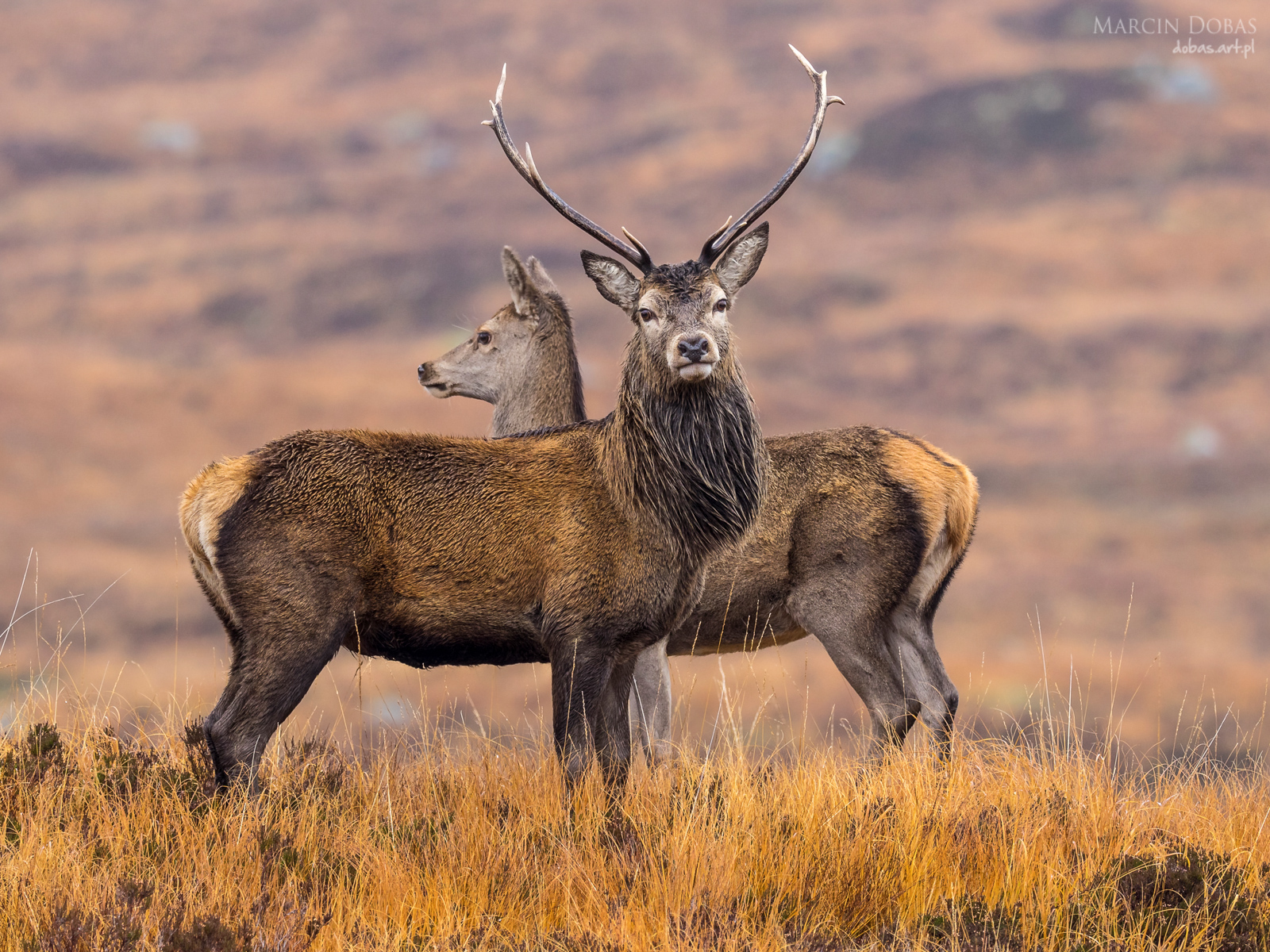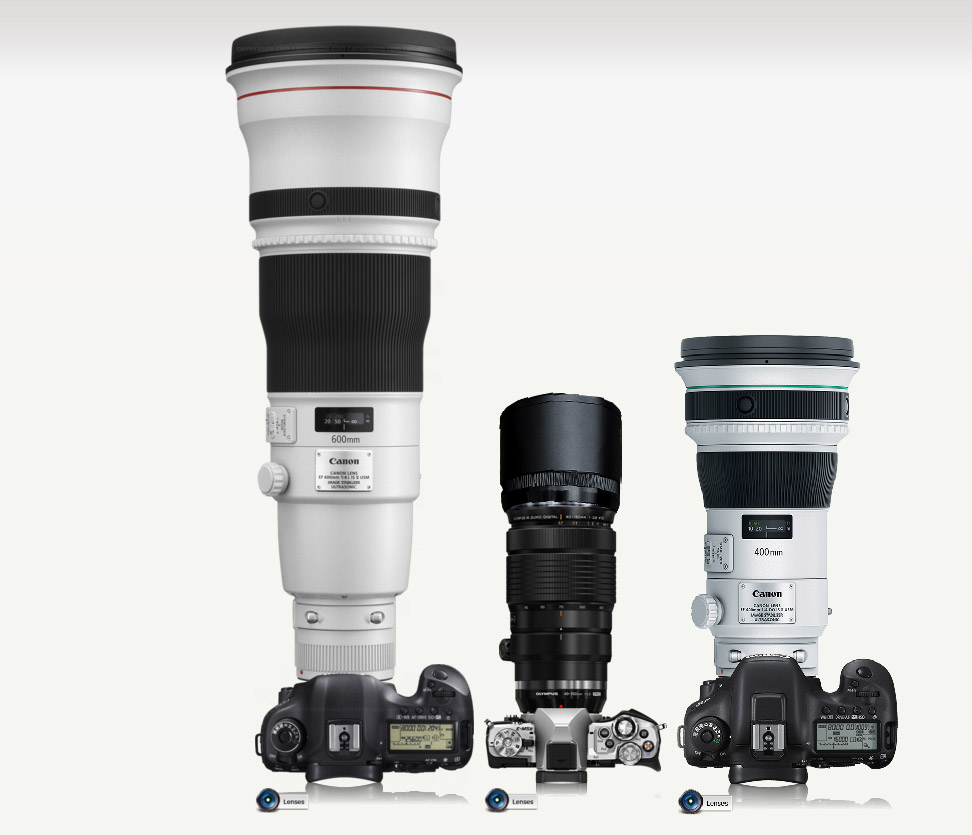One of the most anticipated Micro Four Thirds system lenses was 300 mm fixed focal length telephoto – M.Zuiko Digital ED 300 1:4 PRO.
Why most anticipated? First of all, because until recently the system lacked professional long-focal lenses. Until now, the longest good quality MFT lens was M.ZUIKO 40-150 PRO 2.8 with constant 2.8 aperture – available with a converter which will increase the focal length by 1.4x. Those in need of high-quality lens with a focal length longer than 210mm (equivalent of 420mm) had no choice but to use E-system lenses.
But now, the system gained its first PRO class fixed focal length telephoto lens. It is quite an interesting option for nature photographers as it provides the equivalent of up to impressive 600 mm at aperture of f / 4, all in a relatively small package. Build quality of the lens itself is quite impressive and as befits a PRO version it is of course sealed :).
The size is not off-putting. On the contrary, I would actually say that it is surprising. I could of course quote the dimensions from the official press release but I think the best way to describe its size is to compare it to the mZD 40-150 PRO. The new 300 with the hood closed (below, right) is the same size as 40-150 PRO with the hood open (below, left). Despite doubts and speculations, the manufacturer managed to come up with a slick and compact design,
mzd 300 f/4 vs mZD 40-150 f/2.8
As you can see 300 is by no means huge, I actually think that considering its capability, the lens is small and very easy to handle (I’ll come back to that later). Few features jump out straight away:
On one side of the lens we’ll find two switches and one multi -function button. Looking from above, they are:
– auto focus switch
– in-lens image stabilization switch
– L-Fn Function button
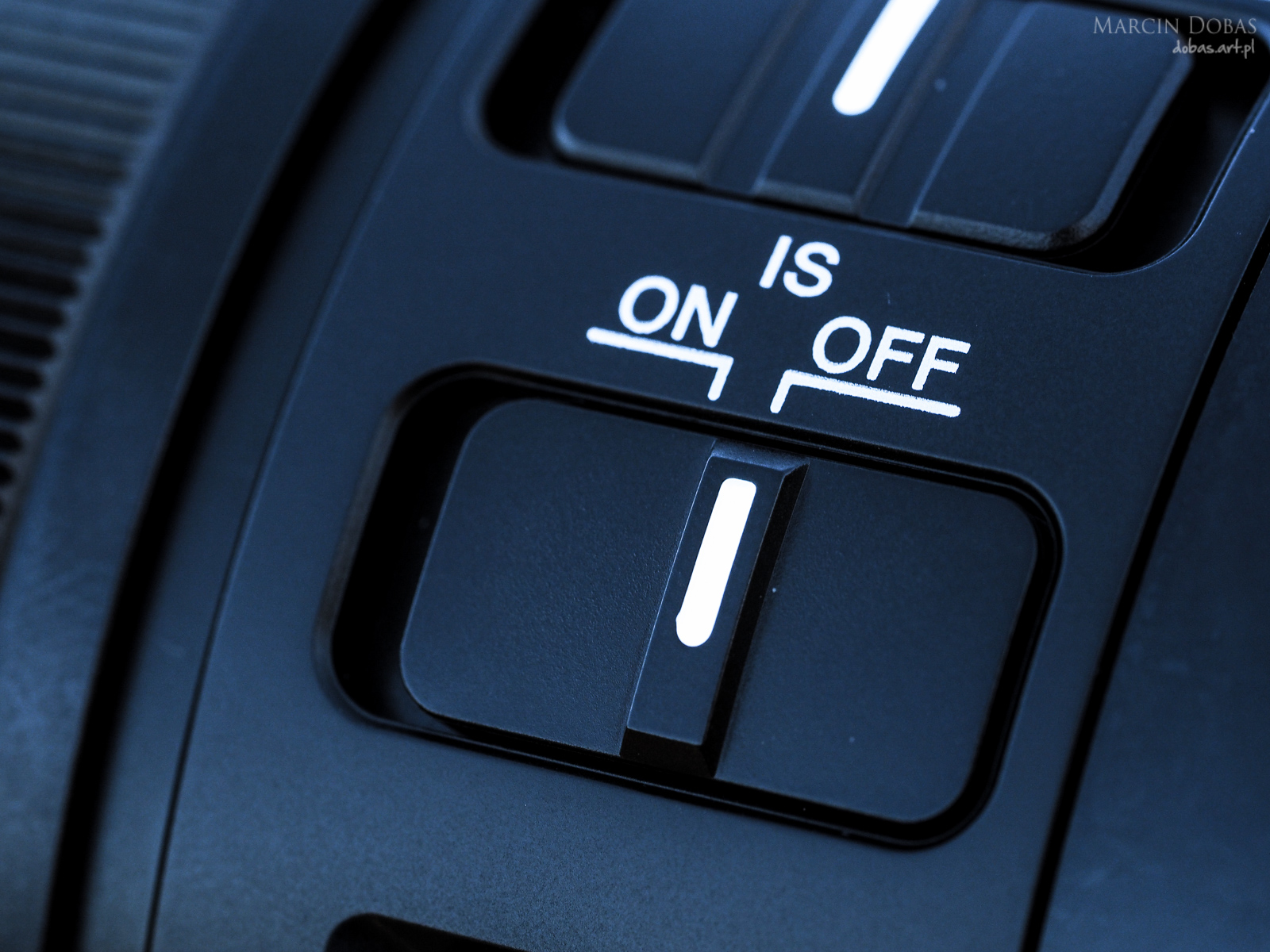
Beyond any doubt, the lens designers deserve recognition for their solution to tripod mounting. It was well thought through and it shows; it may be a small thing but it does matter. All the designs I’m familiar with look similar – the mount is a piece of metal attached under the lens with a standard quarter inch opening on the bottom. In this lens however, the mount is also compatible with the Arca-Swiss standard. Because of that, you don’t need any converters if you have a tripod in this system.
Obviously it’s not really a deal breaker, but I think it’s a very nifty feature which makes our job a little easier.
Considering the fact that this lens practically begs to be mounted on a Wimberley head and that the Arca-Swiss is in reality a standard in gimbal heads, the idea is actually quite brilliant.
On the lens itself the focusing ring also moves forward and back which makes it easy to switch from S-AF or C-AF mode to MF. Interestingly, in the bodies’ software updates there is now an option that allows to deactivate this switch altogether. Perhaps just as well, I constantly get asked by nervous friends why did their Autofocus stop working.
The hood is designed in a different way than on mZD 40-150. It doesn’t come off but slides on and off the lens. It’s also lined with black fabric (a kind of suede) which makes it more effective in reducing glare than a hood made entirely out of plastic.
Image stabilization was in fact the very first thing I checked out and I must admit I was flabbergasted. Sitting at the airport after having gone through the security, looking at an extended period of ‘boredom’, I decided to become familiar with the lens instead. First thing I wanted to test was indeed image stabilization. It turns out that the lens stabilization communicates and works with the matrix stabilization, which is really good news. So sitting on a bench, waiting for my plane I decided to shoot what was in front of me, i.e. sandwiches.
The first photograph was taken at 1/5 second (equivalent to 600mm !!); I looked at it and rubbed my eyes in amazement. Yes, the picture was slightly out of focus but I wasn’t in any way trying to maintain stability while pressing the shutter button. I did it quickly and not-so- gently.
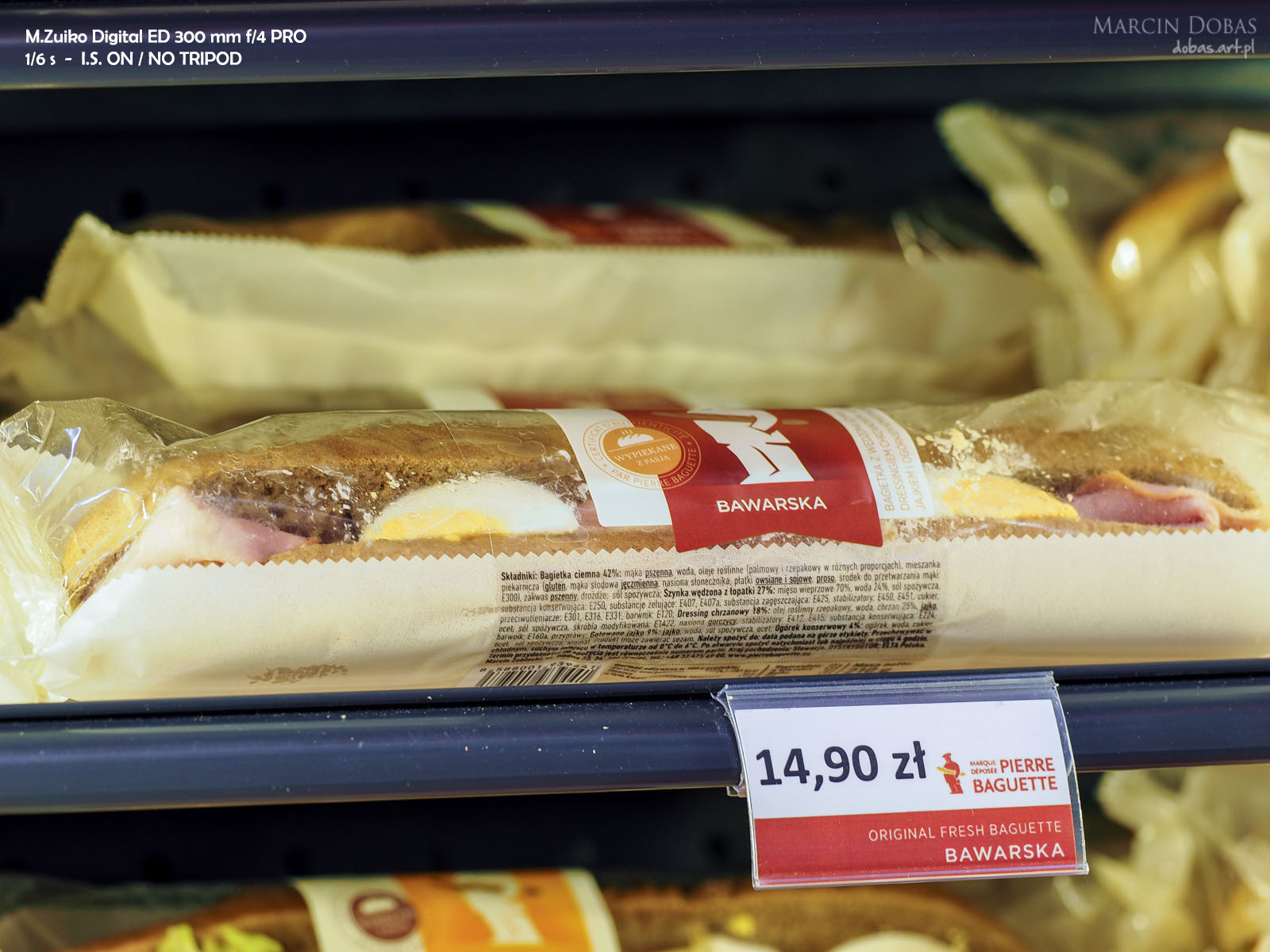
So I took it easy while taking the next photo, pressing the shutter button while exhaling slightly and with 1/6 second setting. The picture came out sharp enough, so sharp in fact that an Internet publication wouldn’t reveal that the exposure time was far too long. So I halved the exposure time and took the next pic on 1/15 setting. I want to stress that it was just a single photo not the best one chosen from a series. And I swear I didn’t use a tripod or rest the lens on anything, I simply held it firmly.
When we look at 1:1 crop of the above image – slightly sharpened using Lightroom – it turns out that we have a picture which is sufficiently sharp. I emphasize again, this is a photo taken using a hand held lens with a focal length of 300mm and a viewing angle same as 600mm lens, taken at 1 / 15s setting. To me this is an impressive result.
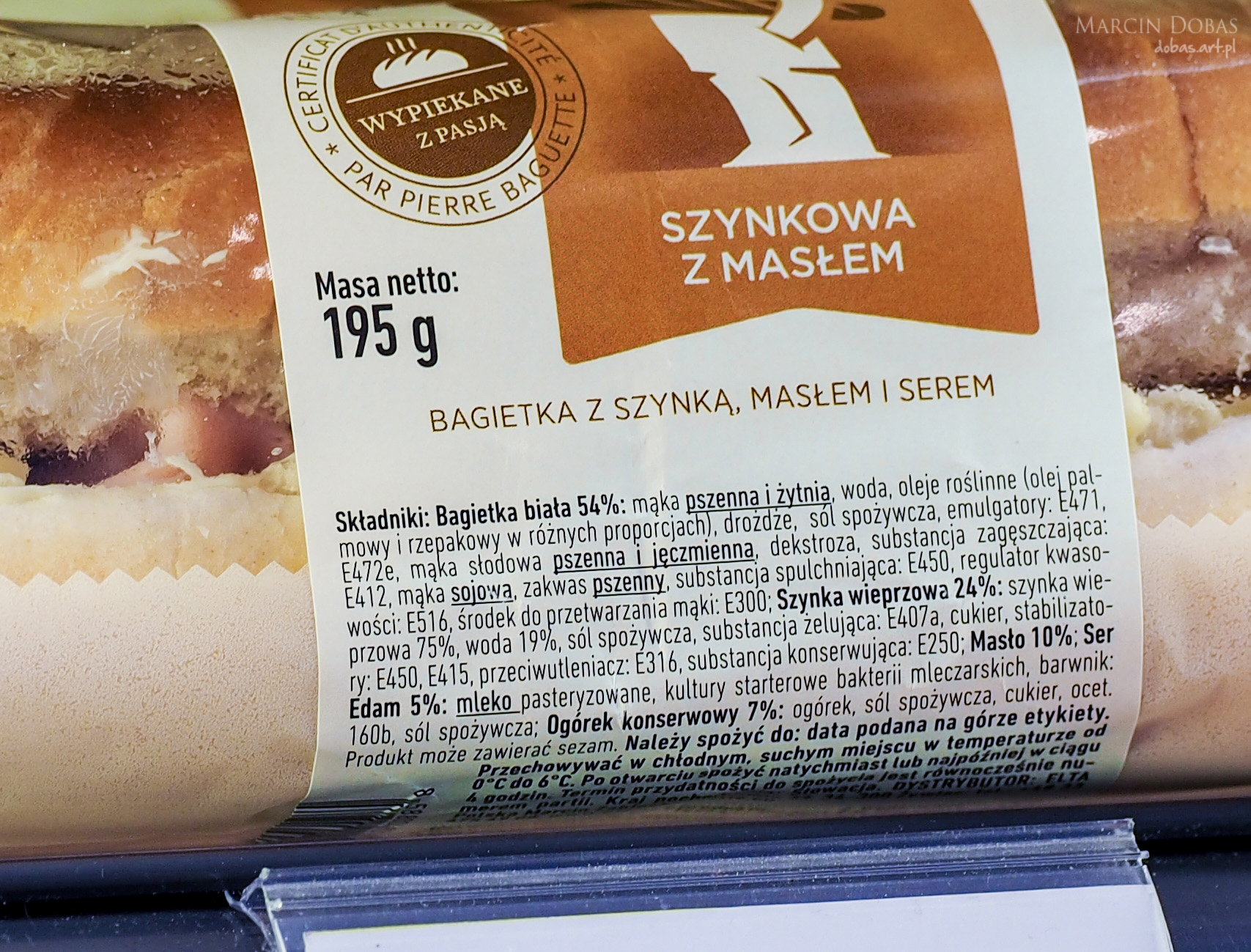
Encouraged by the results of my first hasty tests I boarded the plane really looking forward to trying out this lens in the field. My first problem was that I was flying to Scotland where the weather wasn’t exactly pleasant (to put it nicely).. While it made sense to reach for wide-angle lens, the same couldn’t be said for using a long focal lens to take pictures of fog and rain. Here lied my first hurdle. Additionally, 300mm lens is a lens more suitable for shooting animals in the wild rather than landscapes. So I shall focus on the lens stabilization, because I have to admit it floored me a little. I used good few stabilized lenses in various systems before, and I never was as amazed by possibilities offered as I was with this lens.
Even though the weather wasn’t cooperating I still managed to meet a herd of hoofed animals. It started innocently enough – a few hinds a short distance from the road. By getting out of the car and slowly approaching them I managed to take few portraits. It was still raining so I wanted to show the movement of droplets while maintaining a sharp silhouette of a doe. I decided on the exposure time long enough to show and blur the downpour at the same time. So, again at the suitably stable position, I took a picture at ISO 200 and 1 / 60s exposure time. Photo came out sharp, without any evidence of shaking and the raindrops in the background were gently blurred. It’s one of the arguments in favor of a long exposure time in these conditions.
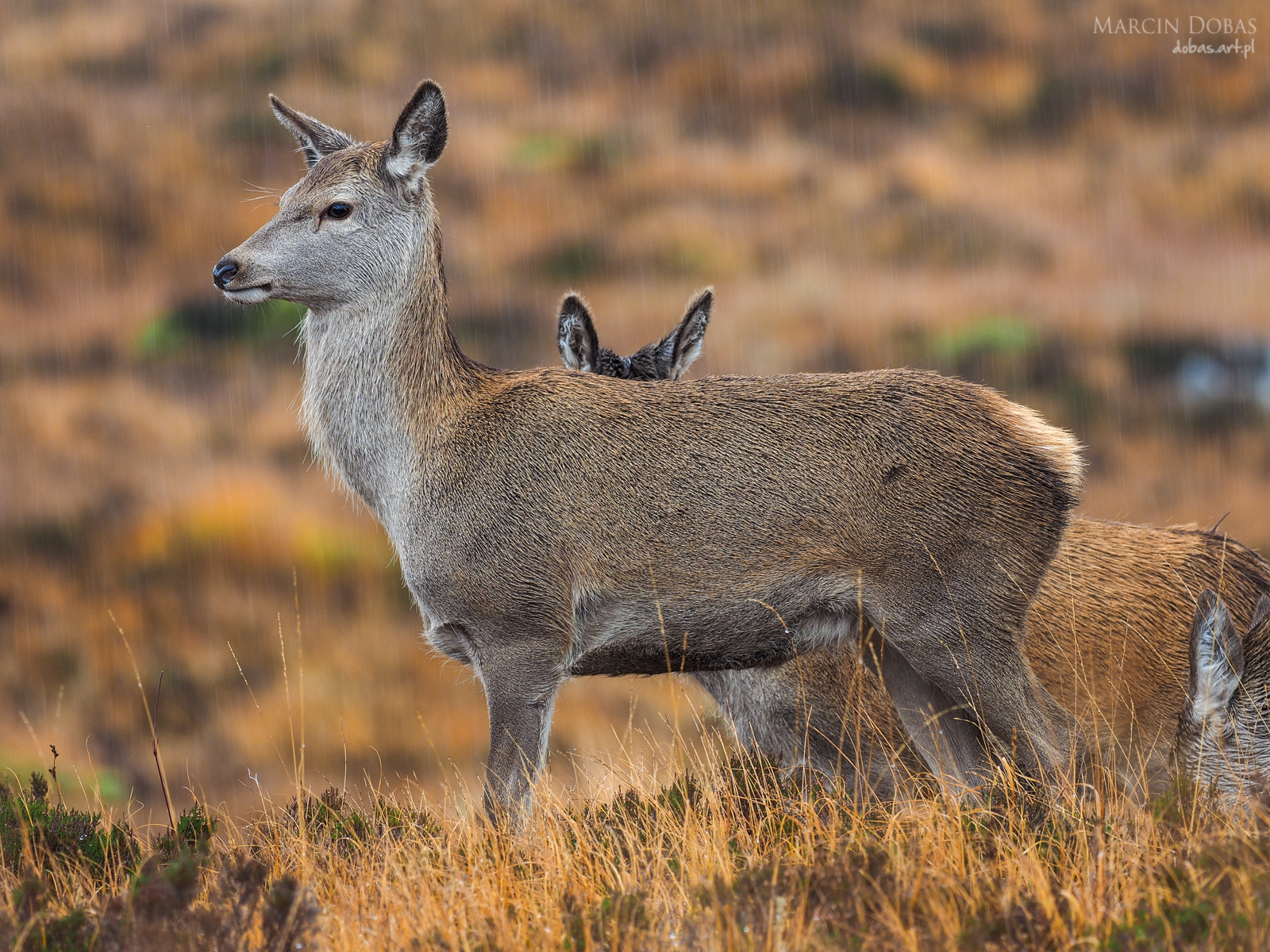
The old rule, going back to the times of analog SLRs says that:
Exposure time in seconds should be equal to or less than the reciprocal of the focal length in millimeters.
Nowadays we have to modify this principle a little bit because we are interested not so much in the real focal length but rather in its SLR equivalent. That’s why we use the focal length multiplier.
So, because in the case of u4 / 3 multiplier is 2 – assuming that the stabilisation is disabled in our Olympus – the longest time possible to shoot from the hand should in theory be 1 / 600s. I managed to take this picture at 1 / 60s which is a really good result. What does that mean? Now I can take a picture at a lower sensitivity, using slightly longer times or just as in the above photo hand shoot using times impossible to obtain without such effective stabilization. Obviously, if we want to freeze movement – any kind of stabilization is useless.
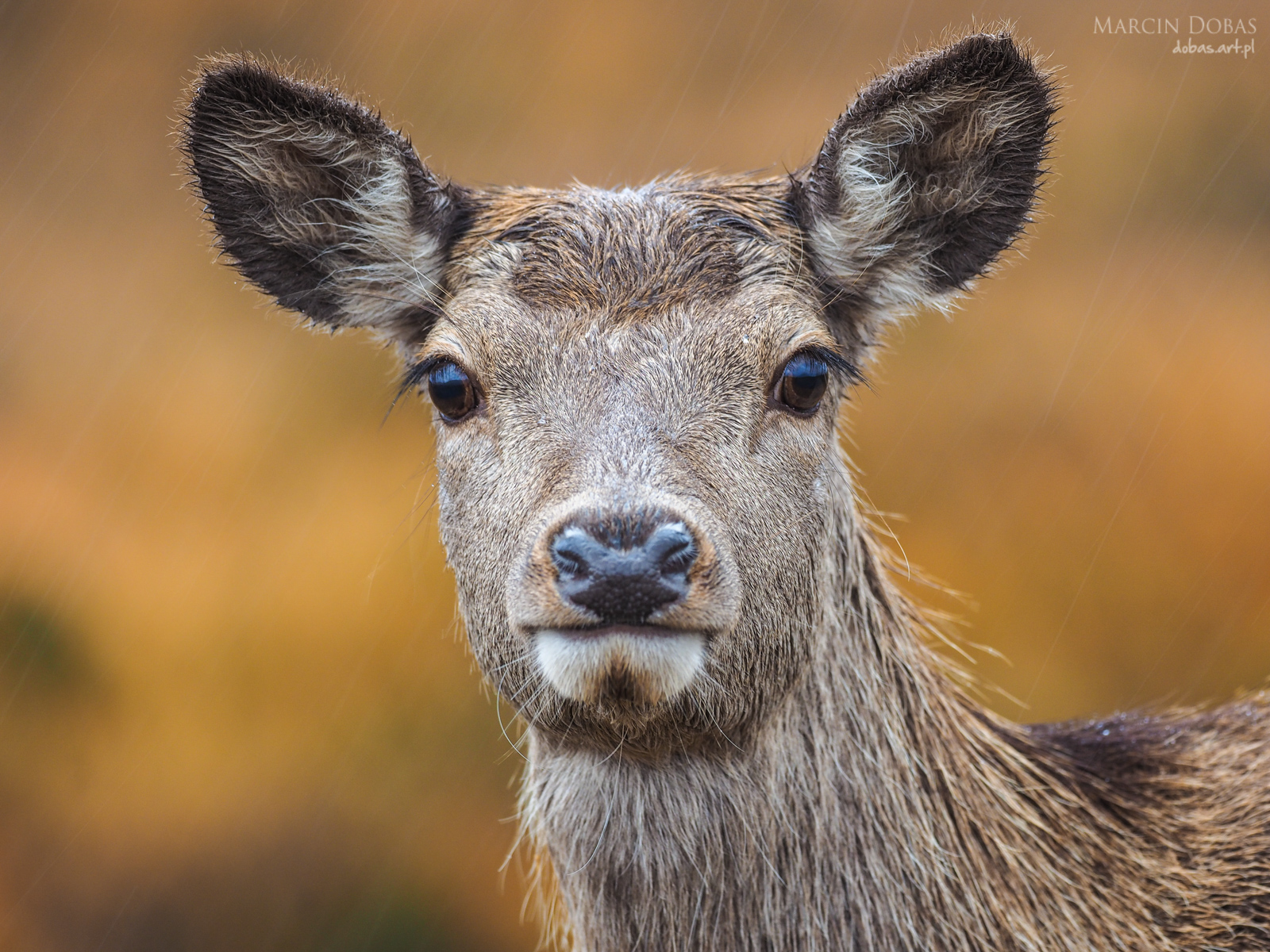
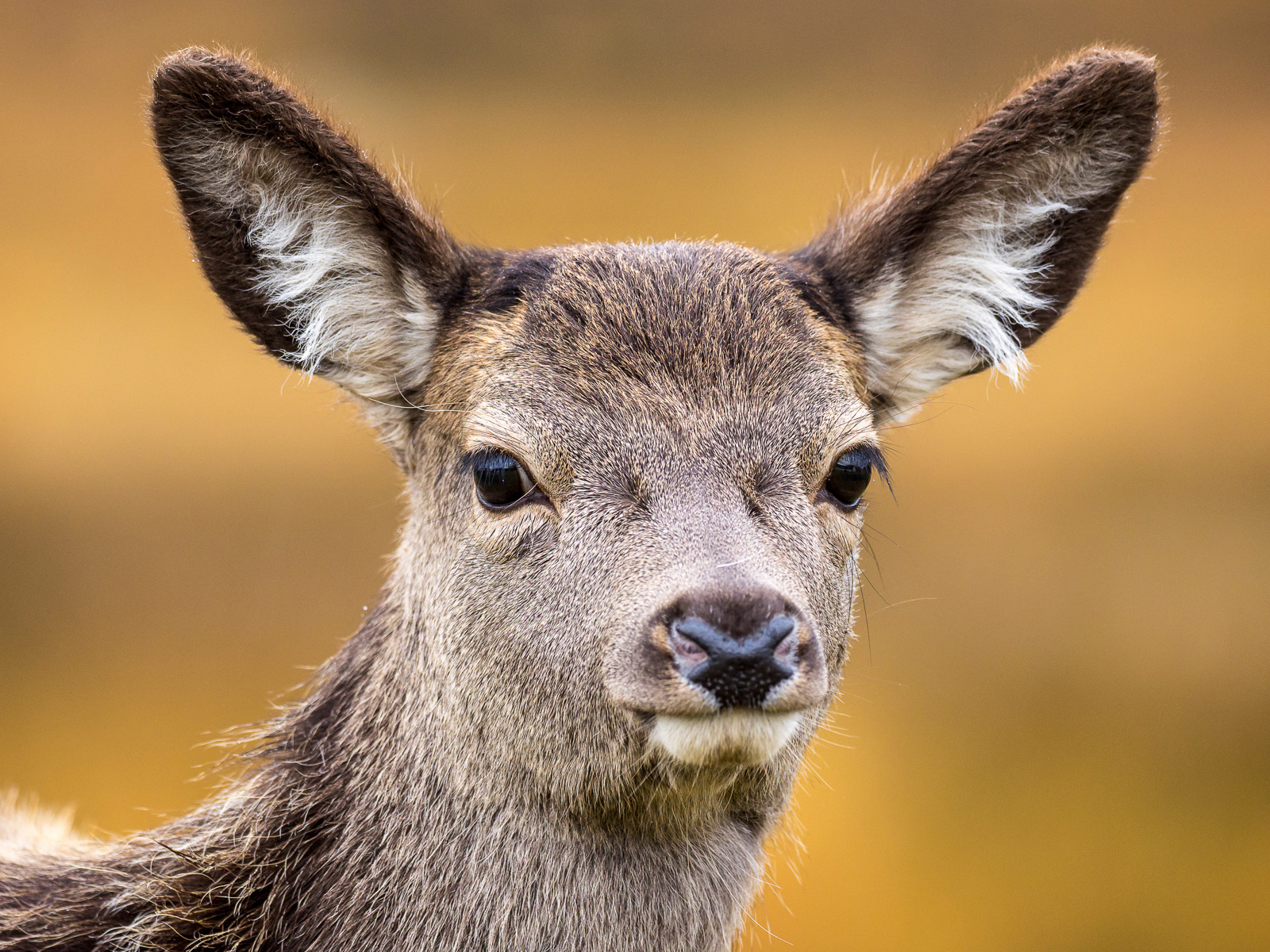
For few days I parted ways with my subjects in search of new themes but I didn’t have much luck. I intended to photograph white eagles hunting fish to try out the C-AF in field conditions but the boat skipper with whom I had an appointment for that day could not make it. I then went into one of the places known for otter habitats but despite many hours spent on the coast I failed to spot a single otter. So I decided to return to ‘my’ deer herd and try to “hunt down” a male.
Unfortunately, it was well after the mating season so the chances of capturing males were slim. But as luck would have it, I stumbled upon few herds loitering in the area. Alas, they were shy and whenever I approached them they increased their distance (without any hurry, mind you). So I started slowly, “stalk” a herd using the terrain as cover.
The game was simple. At all times the herd tried to keep away from me but any time they disappeared over a hill, Id run towards them hiding behind it. Id slowly go over the peak, take few pictures and then wait for them to go over the next hill. And I’d again try to sneak up on them, hiding behind the hill. The whole game was quite tiring, considering that I had to carry my equipment backpack while making my way through a soggy bog. Still, the results of each peak over the edge of the hill were great and photographing these animals gave me great pleasure.

E-M1 + m.ZD 300 f/5.6 PRO + MC 14 ( ekwiwalent ogniskowej 840mm ) 1/125s f/5.6 ISO 320 DOWNLOAD RAW FILE
Once again I was pleased with image stabilization (it’s not easy to keep the camera steady when you are winded after constant running).I definitely appreciated the fact that a lens, with focal length equivalent of 600mm even with the converter 840mmm, can be quite comfortably held in your hands while cross-country running. That’s a big plus. It won’t come as a surprise to many readers that I don’t particularly enjoy running after deer with a full frame 600 f4. Whatever you’re into I guess. Yet again I appreciated small size of the equipment, especially compared to a SLR. However, comparing it to 400mm f / 4 APSC, while it is smaller and lighter the advantage would not be as pronounced as in the case of FF.
I’m really looking forward to testing the full capabilities of the lens in good light and not just in the mist, rain and fog. I hope I’ll get a chance to try it out again and I’m very curious what results will I get during my next photo-trip- shooting bears from hidden lookouts. I hope that the weather conditions will be more favorable than in Scotland.
I only got to use this lens for a very short time, as I had to send it back to Olympus Europe but I was very, very happy with it.
With these lenses:
Olympus M.Zuiko Digital ED 7-14mm f/2.8 PRO
Olympus M.Zuiko Digital ED 8 mm Fisheye f/1.8 PRO
Olympus M.Zuiko Digital ED 12‑40mm f/2.8 PRO
Olympus M.Zuiko Digital ED 40‑150mm f/2.8 PRO
We have a sensational option for demanding users. Lenses of excellent quality, sealed and delivering high quality photos for someone who expects higher quality images.
I have no complaints regarding the lens itself, functioning of AF or quality of the optics. I suspect that the biggest drawback will be the price. However, if we consider that the manufacturer puts in our hands a lens with f / 4 aperture and an equivalent of 600mm with almost unbelievable image stabilization – It won’t come as a surprise if the price reflects capabilities of the lens.
Left – FF 5DmkIII body with a 600mm f/4 lens (equiv. 600mm)
Full set: 4870g
Lens: 45cm x 16cm 3920 g
Middle:
u4/3 E-M5II + simulated 300 f/4 PRO size lens (eqiv. 600mm)
Full set: 1737g
Lens: approx: 22cm x 9 cm 1270g
Right:
ASPC 7DmkII body + 400 f/4 DO IS II USM ( equiv 640mm )
Full set: 3120g
Lens: approx. 23cm x 12cm 2100g
Obviously there is no point trying to compare these three sets as each of these cameras and lenses will be different which will make the capabilities of each set different. It is not my intention to create a‘best to worse’ list but to illustrate the dimensions of the lens with particular focal length and aperture compared to FF, APSC or U4 / 3 chosen so that the viewing angle of each of these devices is similar. So if I’m using the u4 / 3, FF or Canon APSC in order to own an optically decent F/4, 600 mm equivalent lens ( in case of APSC I chose 640mm) these are the lenses I can opt for. I ignored the prices of Canon lenses here (to avoid giving anyone a heart attack).
Of course, we can find other lenses, which will be cheaper or will offer a similar viewing angles in each of these cameras but I decided to stick to the f/4 aperture and good optical quality.
The issue of price. As you know gentlemen do not talk about money – gentlemen simply have money. However, the price is obviously a question asked any time new equipment is being released.
You simply have to ask yourself, do you really need this kind of a lens. If you want something with a focal length of 300mm, you can choose 75-300mm F4.8-6.7 II Olympus or 100-300mm F4.0-5.6 Panasonic. If you want something better, unfortunately your only choice really is 300 f / 4 PRO which will cost you a lot more money. Certainly, if someone takes photos for a living and needs a lens of this class – purchasing such a lens is a legitimate expense. But for someone who takes pictures as a hobby and needs a lens of higher quality than that offered by 75-300 or 100-300 Olympus, their latest proposal will be an unlikely option.
Without a doubt, this type of lens is a specialized piece of equipment aimed at niche audience. Same as ZD90-250 and ZD300 which are lenses aimed at a narrow group of users. 300 mm f2.8 lens for E-system costs about 30 000 PLN. Yes, it is brighter but regardless, probably not for casual users.
So if you’re happy enough with a focal length of less than 300mm – both the 40-150 f / 2.8 lens (80-300 2.8) and 40-150 + MC14 so the range of 56-210 f / 4 (112 – 420 f / 4)
So the question is whether and to what extent 300mm f / 4 PRO lens is required and justified. In my opinion this is a proposal for a narrow audience, which doesn’t mean that there won’t be users who need such lens (or think they need it).
As you can probably see, these are just my first quick impressions from using m.ZD 300 for a short period of time. It’s not a test – there will be plenty of those online soon enough.
Tables and graphs wizards will test, measure and then announce their findings on websites and discussions boards. There will be comparisons of C-AF, C-AF, TR, crops, distortions, aberrations, number of lines, etc. etc. so I’ll leave the measurements to them. More likely than not, on the same boards there will be arguments whether Christmas is better than Easter and what can you get for the same money somewhere else. One thing is for sure – the system finally has a good quality long focal length lens, and whether it’s expensive and who it is aimed at is a separate issue.
I just wanted to focus on what’s most important to people; on pictures and experience using this lens. On – I would say phenomenal – work of picture stabilization which ‘talks to’matrix stabilization and on size and build quality of the lens. You will find more on equipment websites soon.
If you are here ? – Follow me on Facebook
